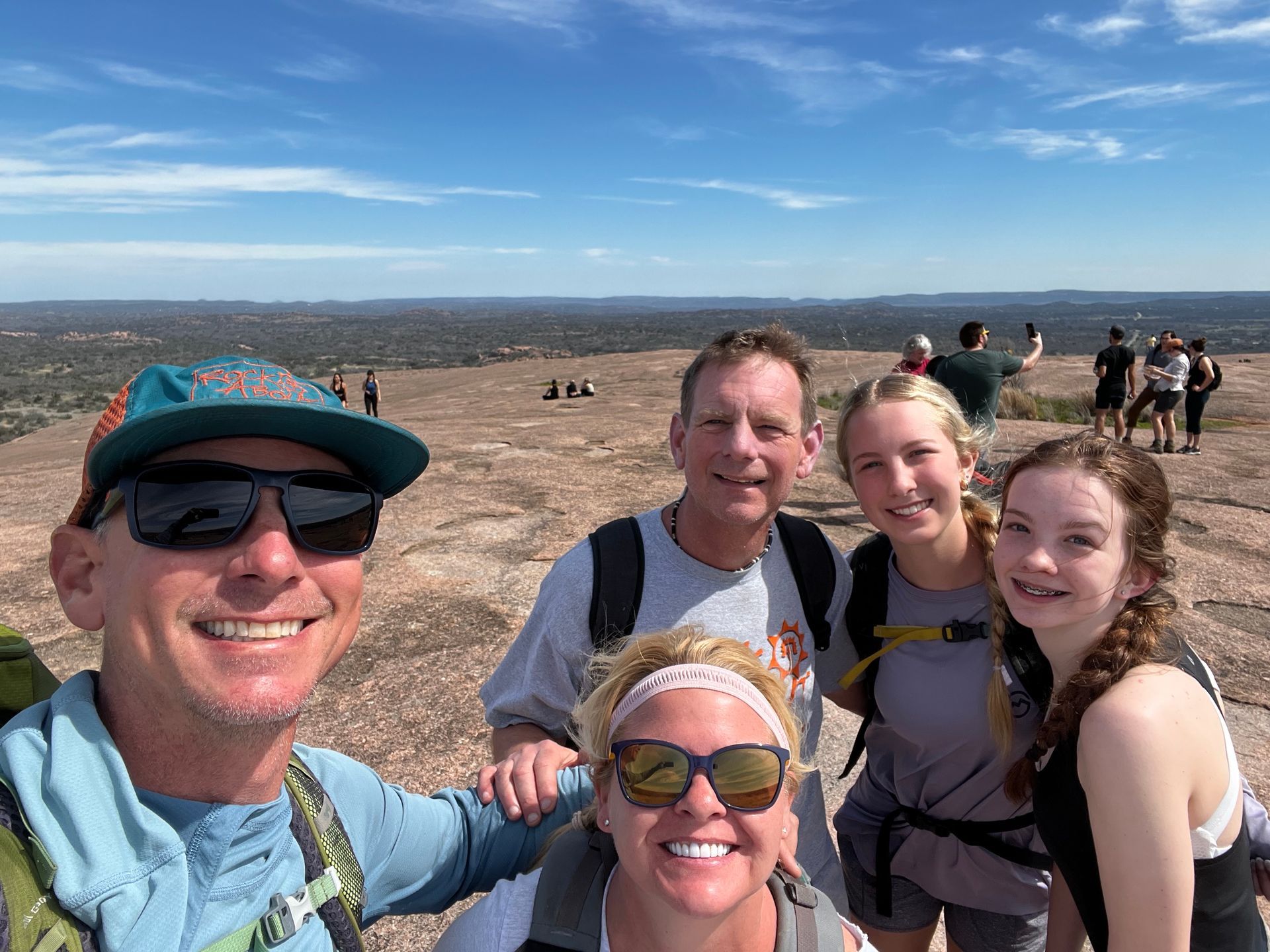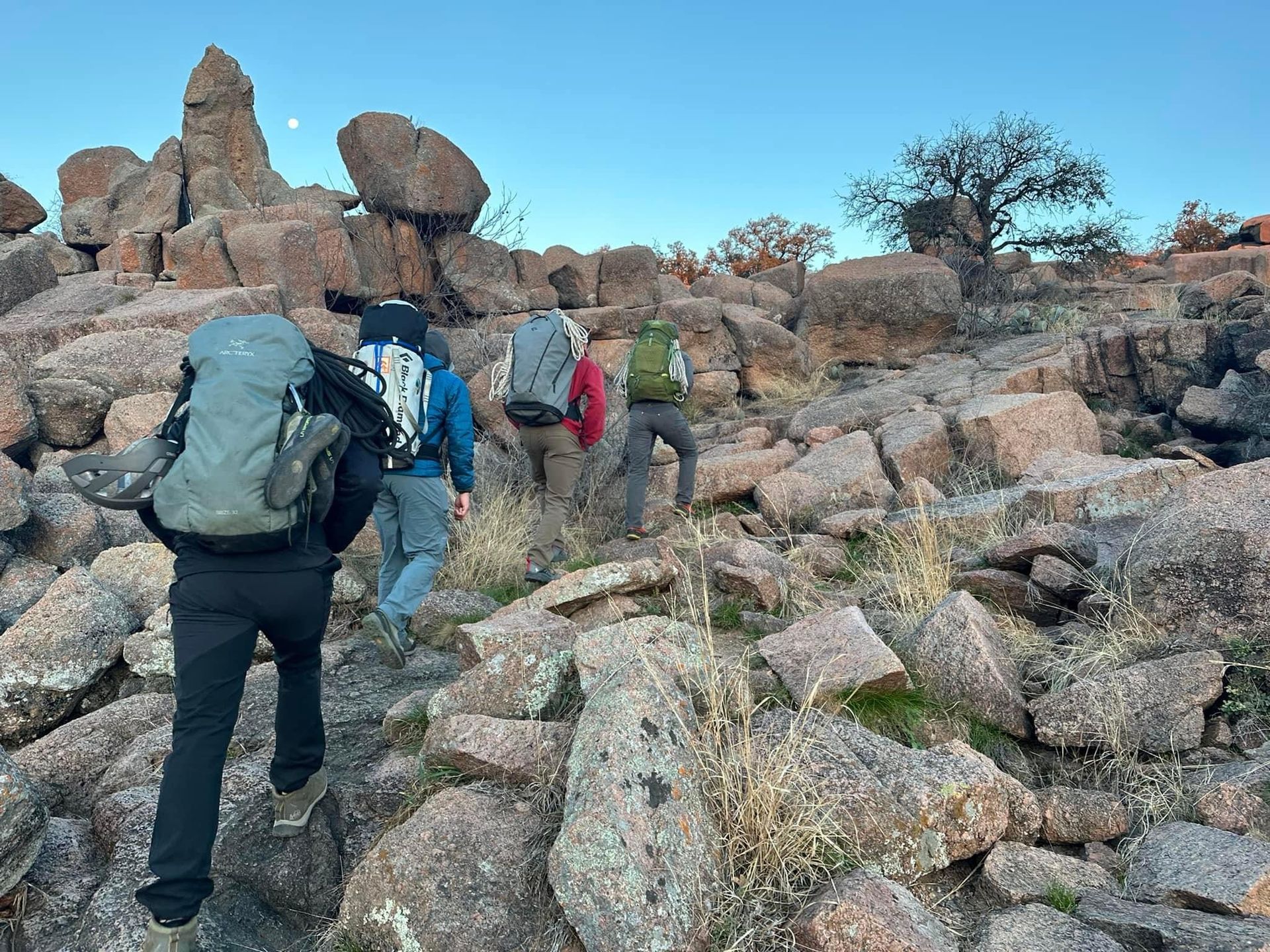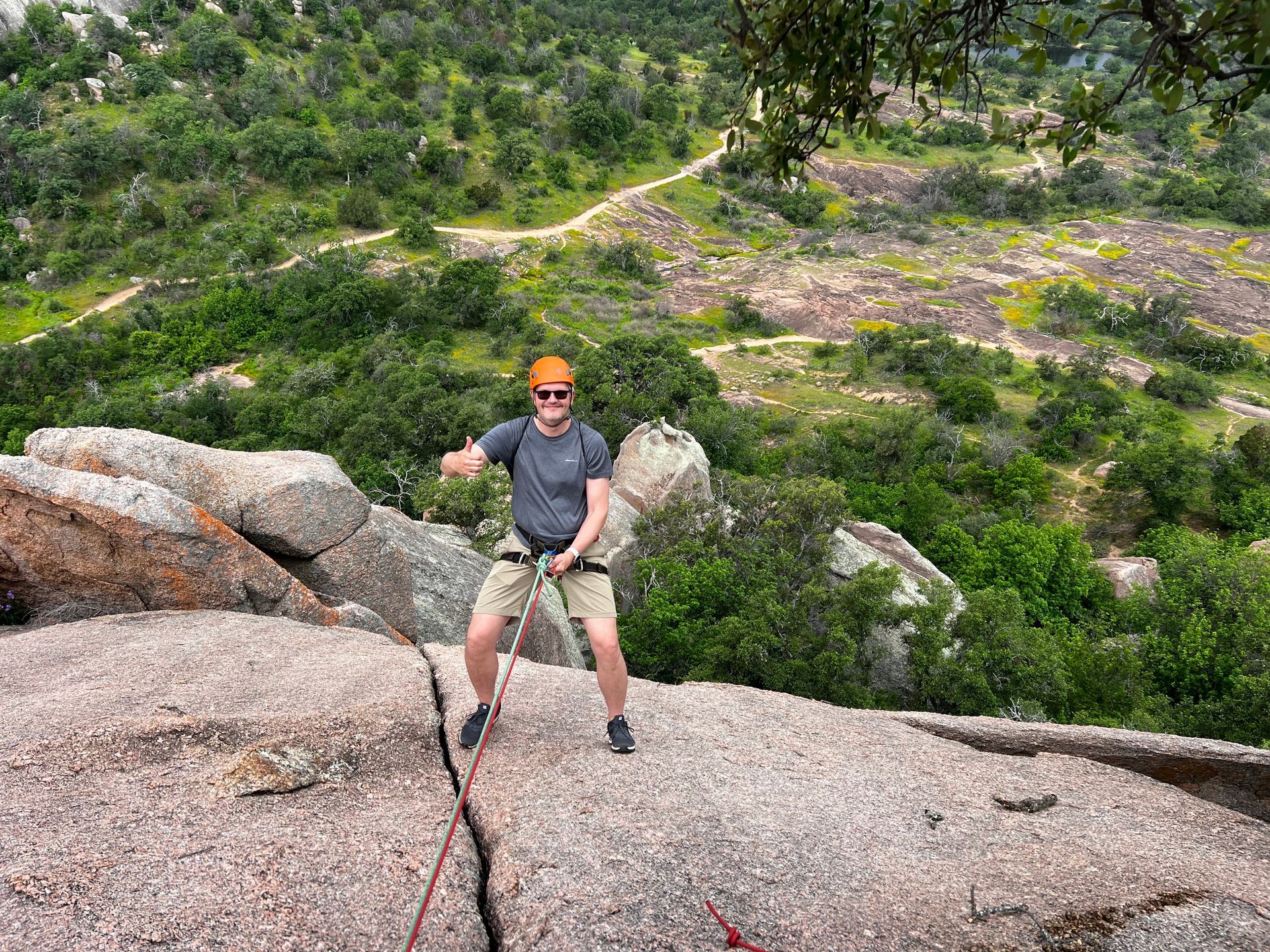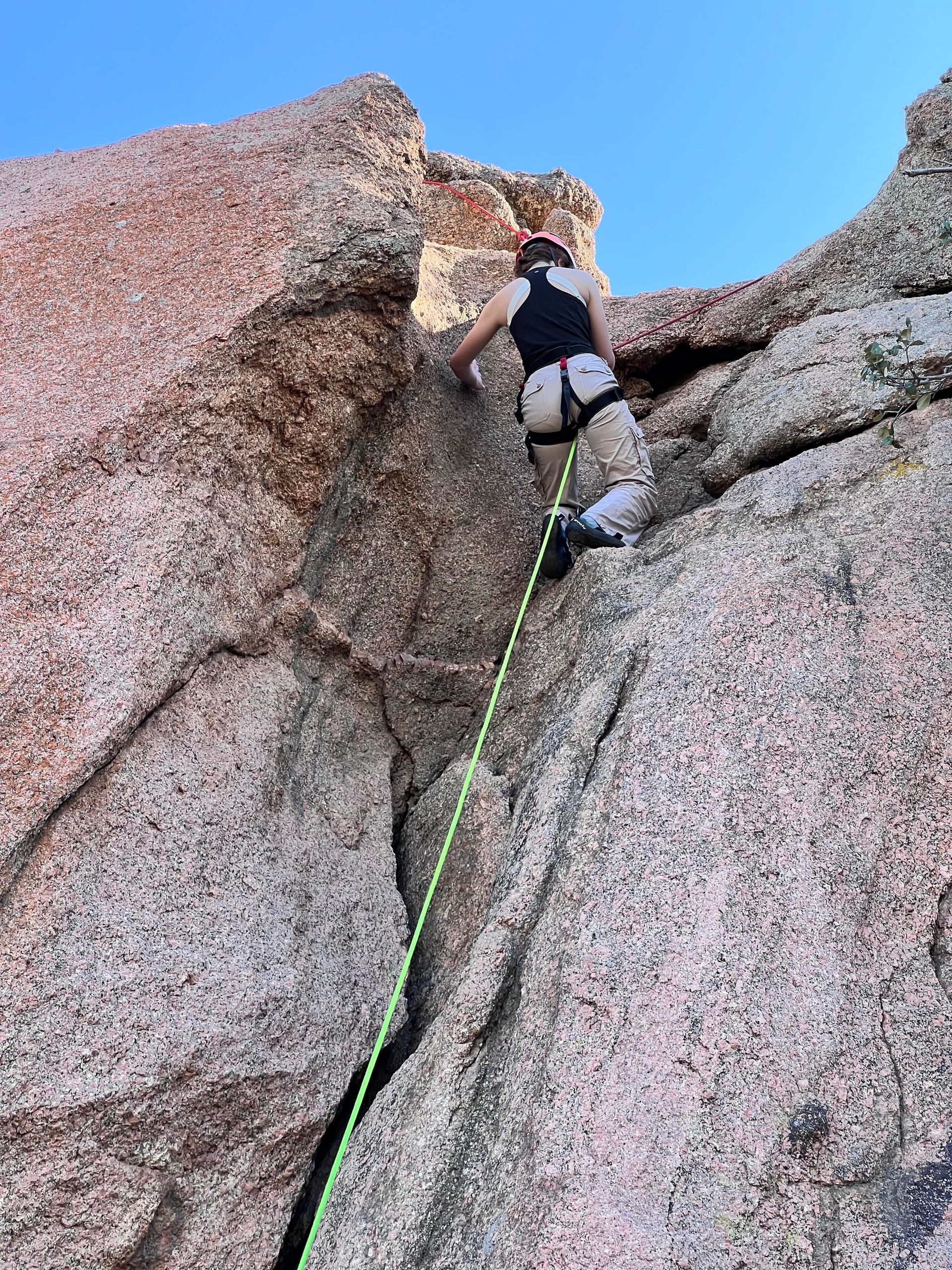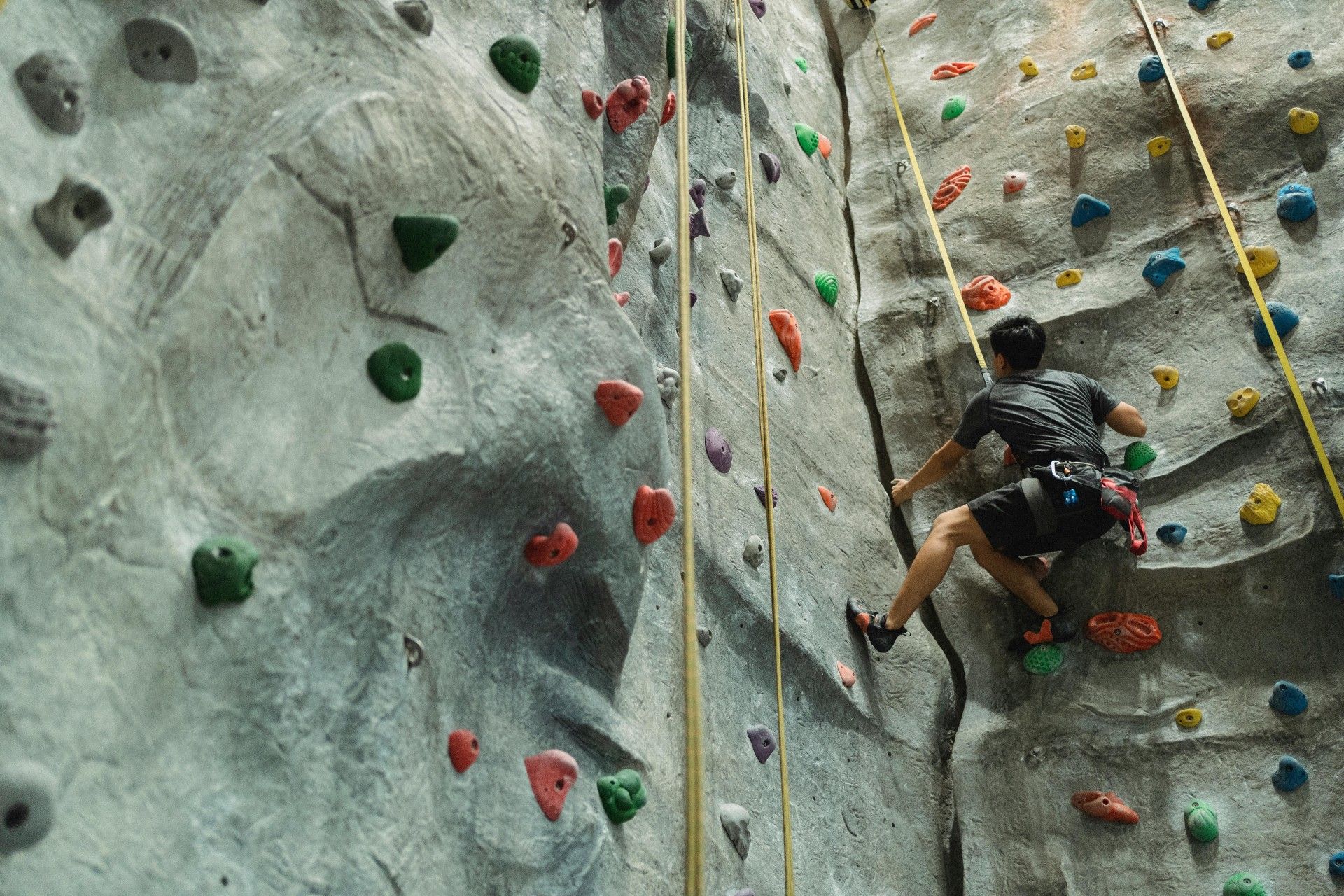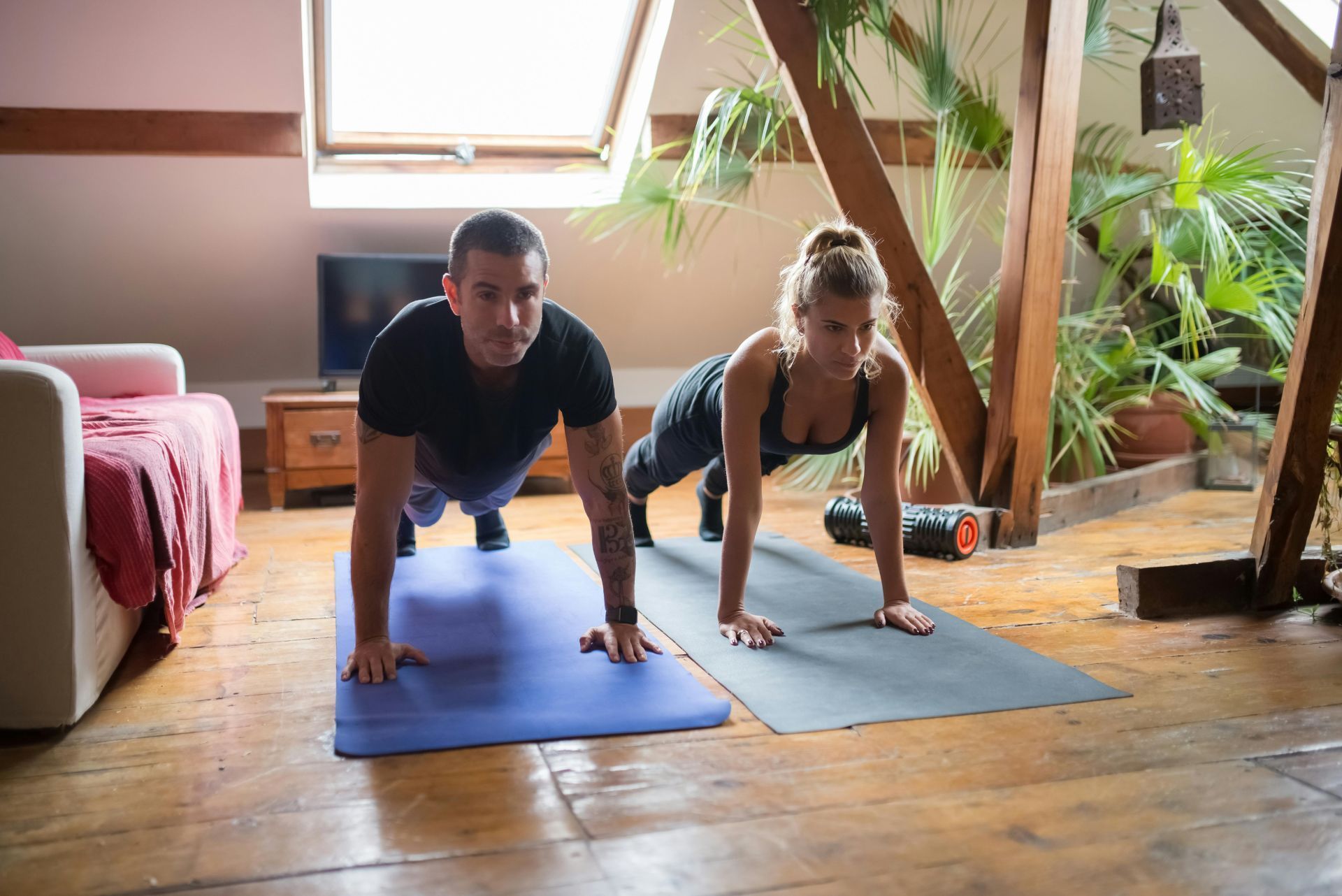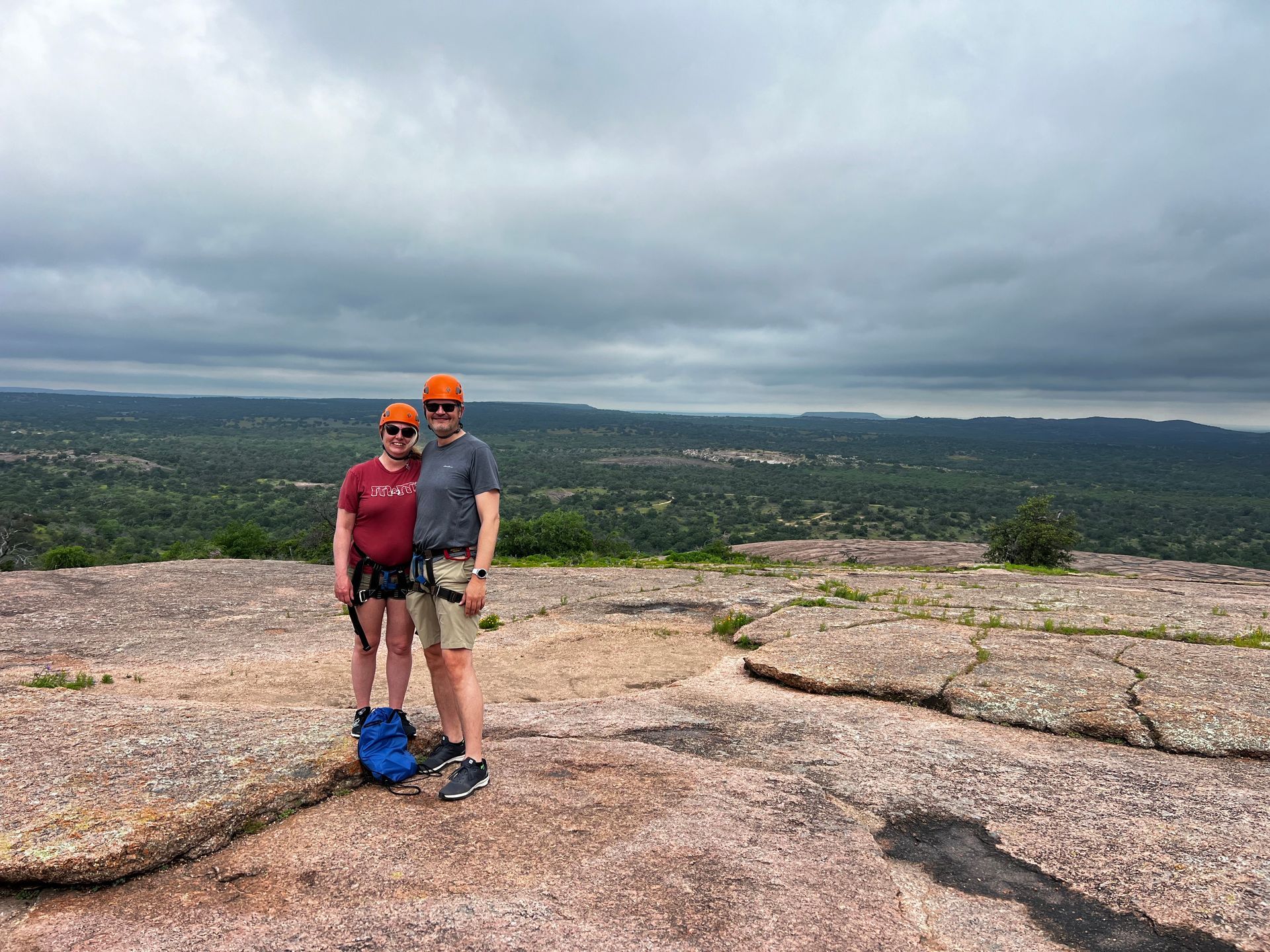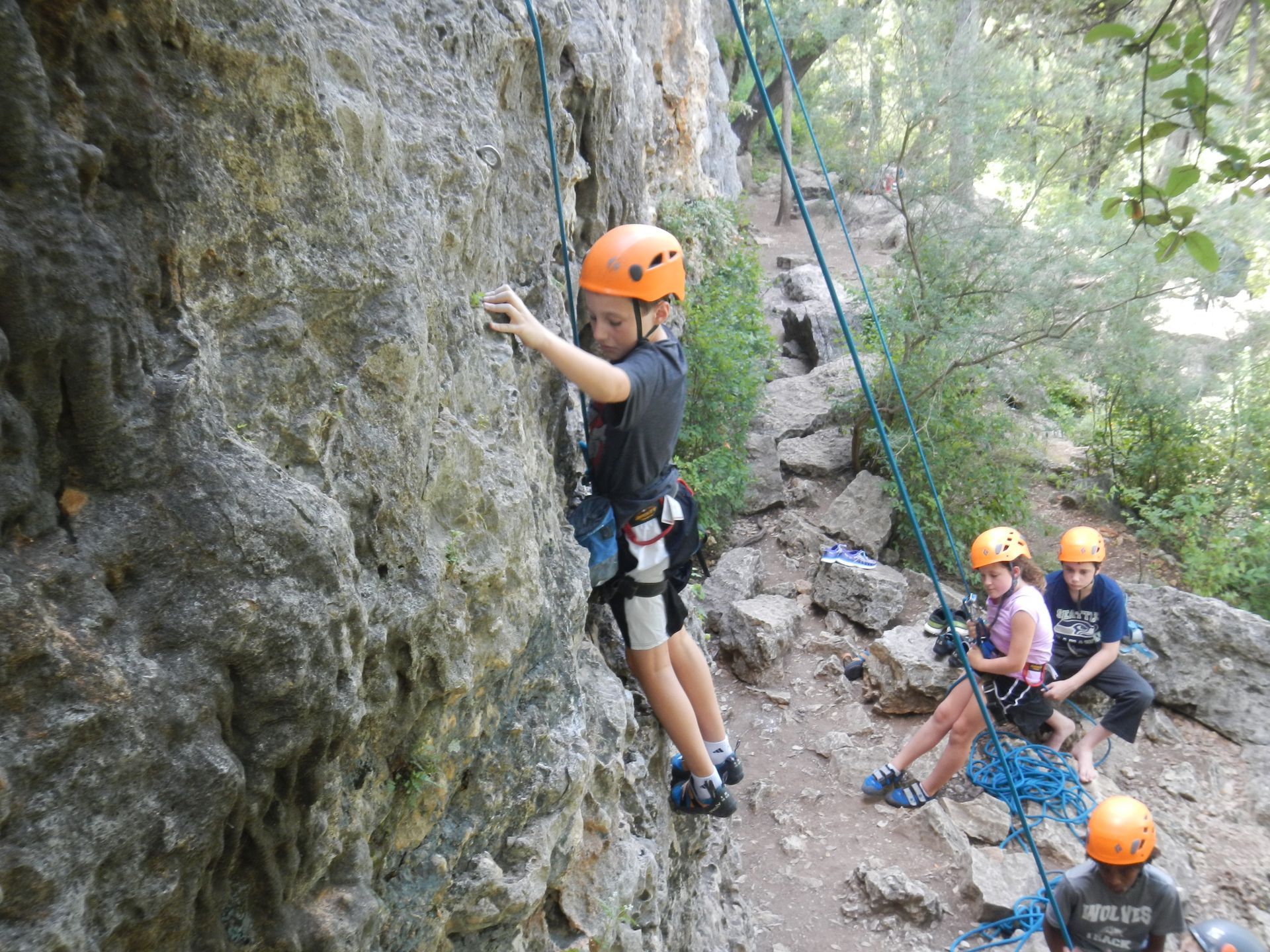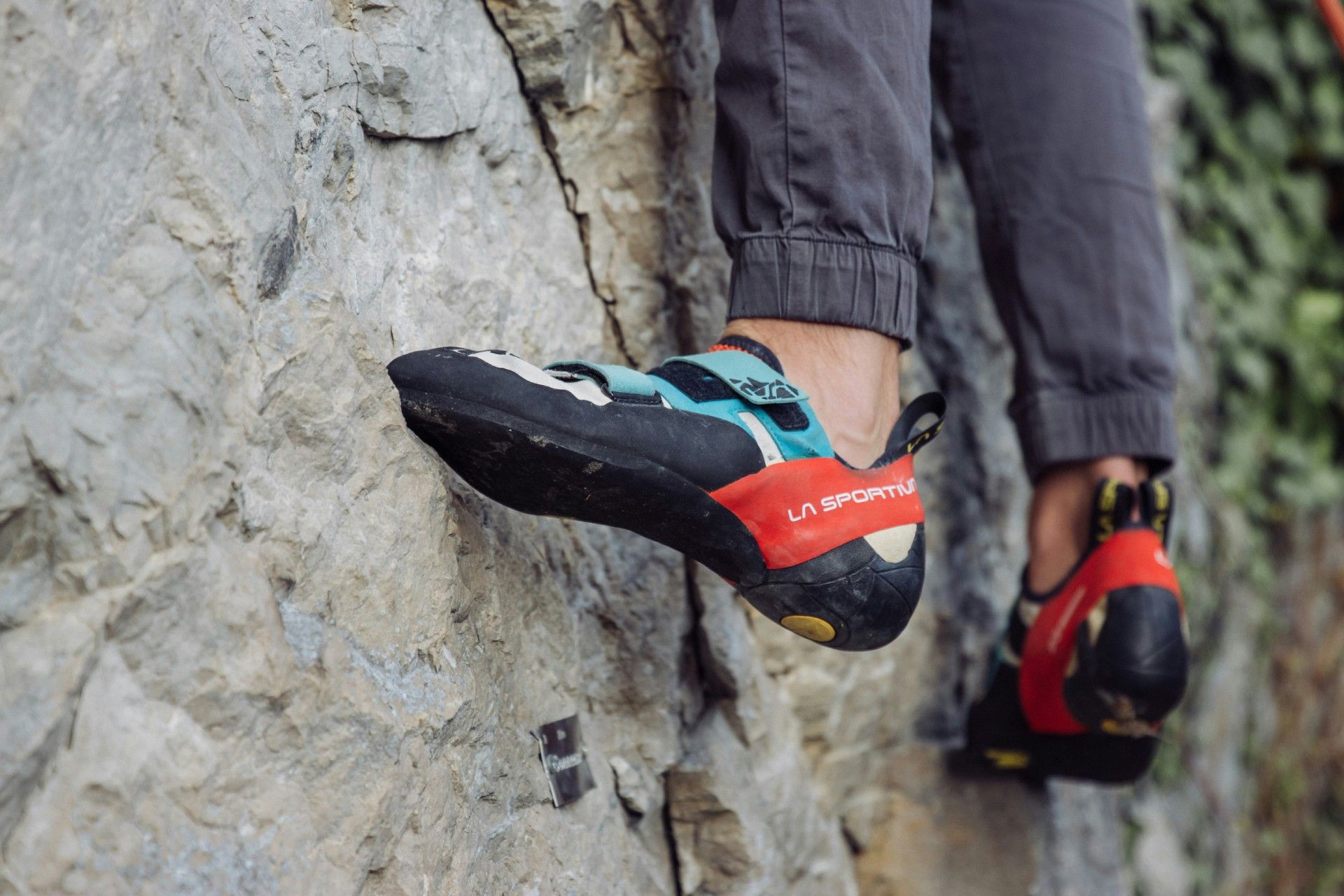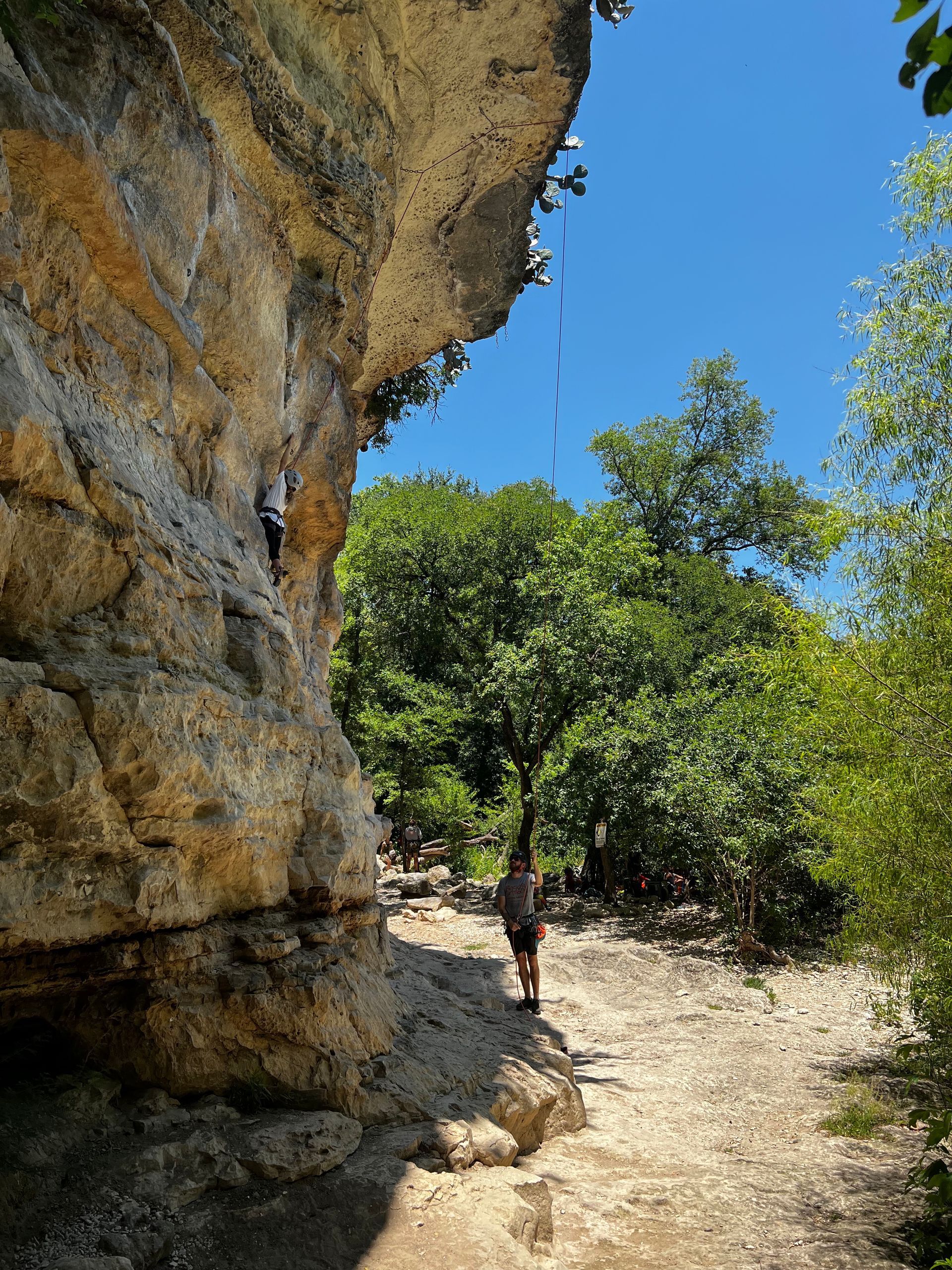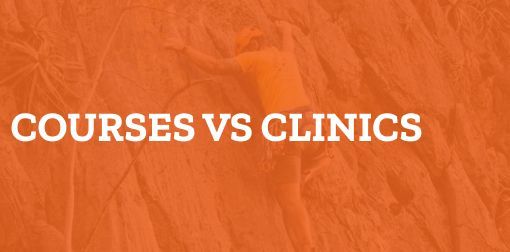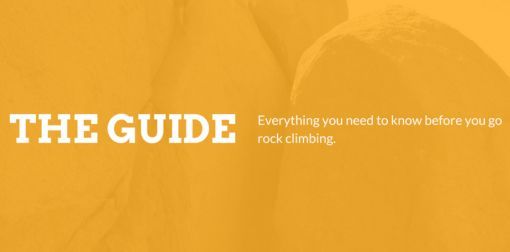5 Tips to Keep Safe While Rock Climbing
Rock climbing is a thrilling and challenging activity that offers many physical and mental benefits. However, it is also a sport that can be dangerous if proper safety measures are not taken. Whether you are a beginner or an experienced climber, it is important to prioritize safety to avoid accidents and injuries. In this article, we will share 5 tips to keep safe while rock climbing.
Key Takeaways
- Always use proper rock climbing equipment and double-check knots to reduce the risk of accidents and ensure a safe climb.
- Climbing with a trusted partner improves safety, communication, and support while providing an essential belay system.
- Beginners should take lessons or hire a climbing guide to learn correct techniques, rope management, and hazard assessment.
- Assess terrain and weather conditions before climbing to avoid dangerous environments and choose routes suitable for your skill level.
- Listen to your body—stay hydrated, warm up properly, and rest when needed to prevent fatigue and injuries during your climb.
Use Proper Equipment
Using proper equipment is essential to ensure a safe and successful climbing experience. Before you start climbing, make sure that all your equipment, including your rope, harness, and carabiners, are in good condition and properly fastened. Always double-check your knots and make sure that they are secure before you start climbing.
It is also important to wear appropriate clothing and footwear for the climbing environment. If you are climbing outdoors, dress in layers and wear sturdy hiking boots with good traction. If you are climbing indoors, wear comfortable and breathable clothing that allows for a full range of motion.
Climb With A Partner
Climbing with a partner is a crucial safety measure that should never be overlooked. Your climbing partner can help you spot potential hazards, provide support and encouragement, and ensure that your gear is properly adjusted and secured. They can also act as your belayer, which means they will control your rope to keep you safe in case of a fall.
It is important to communicate clearly with your climbing partner and establish a set of hand signals to communicate non-verbally. Make sure that you trust your partner and that they have the necessary skills and experience to keep you safe.
Take A Lesson Or Hire A Guide
If you are new to rock climbing, it is highly recommended that you take a lesson or hire a guide to learn the proper techniques and safety protocols. Climbing lessons and guided climbs will teach you the fundamentals of rock climbing, including proper rope management, belaying, and knot tying. They will also teach you how to read the terrain and assess potential hazards.
Working with a professional instructor or guide will ensure that you are learning from someone with experience and knowledge. They can also provide valuable feedback and help you improve your technique and skills.
Assess The Terrain And Weather Conditions
Before you start climbing, it is important to assess the terrain and weather conditions to determine if it is safe to climb. If you are climbing outdoors, pay attention to the weather forecast and check for potential hazards such as loose rock or unstable terrain. Make sure that you are familiar with the climbing area and that you have the necessary equipment and skills to tackle the climb.
If you are climbing indoors, make sure that the facility has proper safety measures in place, such as padded flooring and safety mats. Make sure that the climbing walls are properly maintained and that the routes are appropriate for your skill level.
Listen To Your Body
Rock climbing can be physically demanding, so it is important to listen to your body and take breaks as needed. Make sure that you are properly hydrated and well-rested before you start climbing. If you feel fatigued or lightheaded, take a break and rest until you feel ready to continue.
It is also important to warm up properly before you start climbing to prevent muscle strains or injuries. Take the time to stretch and do some light cardio exercises to get your blood flowing and loosen up your muscles.
Learn to Climb with Rock-About Climbing Adventures
Rock-About is the go-to rock climbing outfit for anyone in the Central Texas area! With courses for all levels of experience, from beginner to experienced climber, boys and girls scouts, and even groups, there is something for everyone.
Not only does Rock-About offer safe and well-organized classes that ensure our clients’ safety at all times, we also provide a more educational experience by teaching climbers about the physical geography of different climbing locations. This opportunity sets Rock-About apart from any other climbing outfit in the area and makes it a great choice for individuals or organizations looking to get their climb on!
Frequently Asked Questions
Here are common safety questions climbers ask, with clear, practical advice based on your “5 Tips to Keep Safe While Rock Climbing” article.
What gear is essential for a safe climb?
Use a durable rope, a well-fitted harness, locking carabiners, and a helmet. Always double-check knots, harness buckles, and gear condition before climbing. Good footwear and appropriate clothing are also crucial so you can move freely and grip safely.
How do I choose a reliable climbing partner?
Look for a partner you trust, one who understands belaying, safety commands, and gear checks. Establish verbal or hand signals beforehand, and always stay alert to each other’s needs. Climbing with someone who is competent boosts safety and confidence.
Is it really necessary to take lessons or hire a guide?
Yes, especially for beginners. Lessons or guided climbs teach vital skills like knot tying, rope handling, belay technique, and hazard assessment. Learning from an expert helps prevent mistakes and accelerates your safety awareness.
What terrain or weather red flags should I watch for?
Avoid loose rock, wet or icy surfaces, and unstable ground. If weather is unpredictable—storms, rain, high winds—postpone the climb. Choose routes that fit your comfort and skill level and inspect anchors before committing.
How can I avoid fatigue or injury during a climb?
Fuel up with hydration and light snacks. Warm up with stretches or easy movement before climbing. Rest or descend if you're trembling, dizzy, or unsteady. Pushing through exhaustion can cause slips or joint strain.
What safety steps apply for indoor climbing?
Even in a gym, double-check gear, communicate clearly, and follow facility rules. Use harnesses, pads, and well-maintained walls. Always consider fall technique, clear surrounding areas, and obey any staff or route restrictions.
How should communication work between climber and belayer?
Establish simple commands like “on belay,” “climbing,” “take,” and “lower.” Confirm each command before acting. If you can’t hear each other, use hand signals you agreed on. Clear, consistent communication helps prevent missteps.
What should I do in case of an emergency?
Have a plan: know the route, share your plan with someone, and set turnaround times. If someone is hurt, remain calm, call for help (or provide location info), and use self-rescue techniques if safe. Always carry basic first aid tools.
